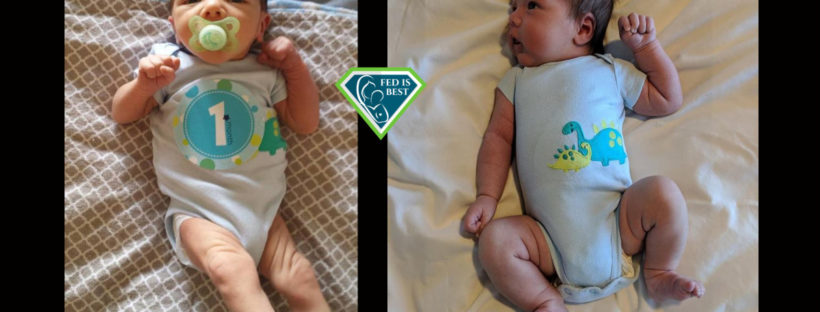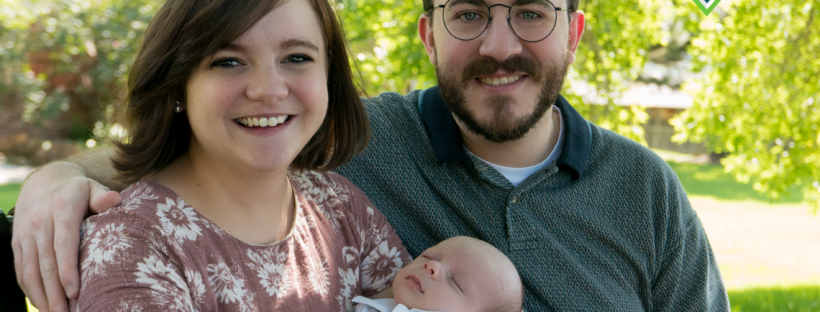by Jen Gamarano
I hate to admit it, but before I got pregnant, and even when I was pregnant, I was already a judgmental mom. I started watching documentaries about natural birth and breastfeeding years before I even entertained the idea of having children because it fascinated me. Women’s bodies are amazing. We are capable of growing, birthing, and feeding a brand new life and I was on board for doing all of it naturally because biology is perfect and I was made to do this – or so I thought. I looked at moms who opted for epidurals and thought “If only they knew about natural birth and how amazing it is”, or those who formula fed and thought “How sad” because breast milk is magical and formula will never be able to measure up. I hate to admit these things, but I have to admit them so you know just how much this journey has changed me.
Continue reading →





